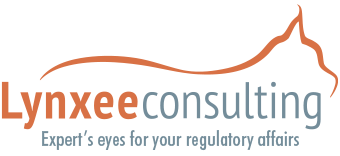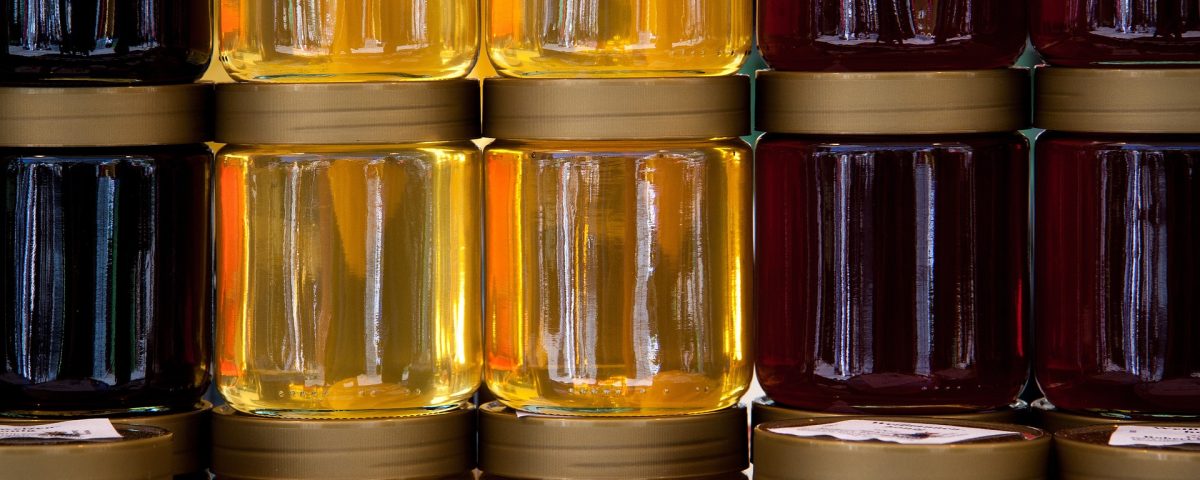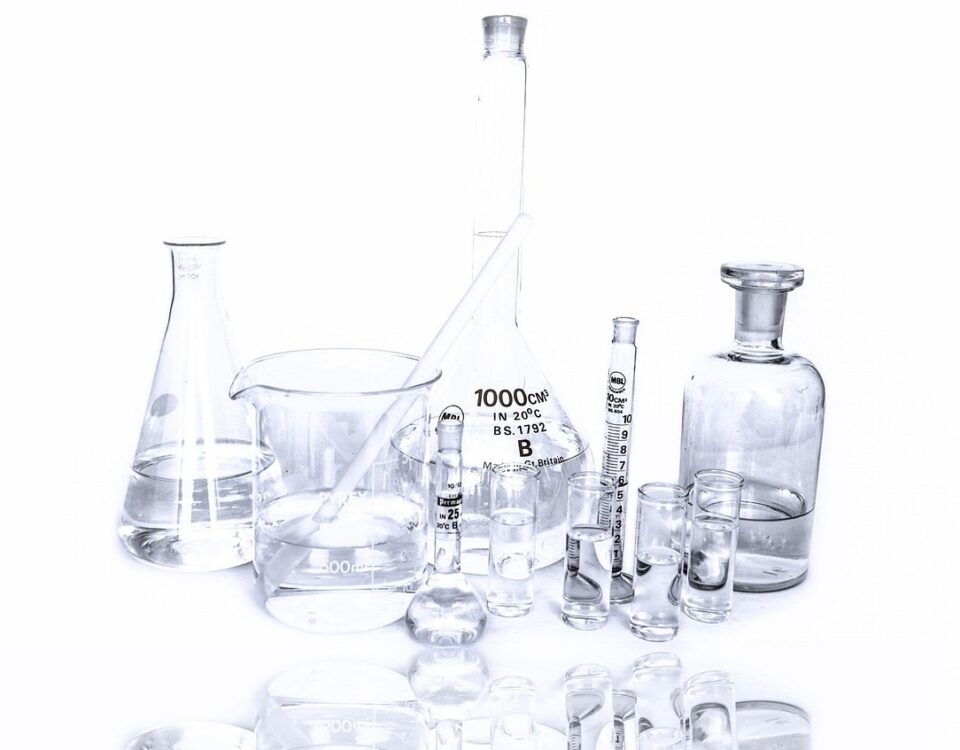
UK – Brexit: scenarios in case of no-deal
18 October 2018
OECD: Revision of the OECD GD 150 on Standardised Test Guidelines for Evaluating Chemicals for ED
29 October 2018Endorsed at the Standing Committee on Plants, Animals, Food and Feed (SCoPAFF meeting) of 18-19 September 2018, the final version of technical guidelines for determining the magnitude of pesticide residues in honey and setting Maximum Residue Levels (MRL) in honey is now available (SANTE/11956/2016 rev. 9).
After some considerations on the residue definition for risk assessment and enforcement in honey, the guidance document provides a decision-making scheme as regards the type of experimental data required and MRL setting in honey. Other bee products (such as pollen, royal jelly, propolis, etc.) are excluded from the decision-making scheme as the consumption of these products by European consumers is considered negligible. Therefore there is no need to generate experimental residue data for such commodities.
The guidance states that the residue definition in honey should cover:
- the components included in the residue definition in primary crops,
- the degradations products formed during pasteurisation conditions, and
- the components included in the residue definition in rotational crops (i.e. persistent compounds that can be taken up by plants from the soil).
The proposed decision-making scheme can be summarised as follow:
- In case of no residues expected (e.g. application outside flowering and no persistence) or in case of low residue amounts in aerial crop parts, i.e. <0.05 mg/kg, the default MRL is set at 0.05 mg/kg (or at LOQ).
- In case of residues in aerial crop parts ≥0.05 mg/kg and <0.5 mg/kg, the MRL is derived from the highest measured residue in aerial crop part.
- In case of residue in aerial crop parts ≥0.5 mg/kg, complementary experimental studies (tunnel or field trials) are triggered to determine more realistic residue levels in honey. Studies can be conducted either with treated syrup (tunnel trials), to mime a worst-case transfer of residues from nectar to honey, or with treated attractive crops (tunnel or field trials).
For the first step, a list of the main agricultural crops in Europe which have melliferous capacity is included as appendix as a help for the determination if residues in honey are to be expected. For the latter steps, guidance on how to conduct the complementary experimental studies are included as appendices.
The technical guidelines will apply from 1 January 2020. Therefore, it will apply to all MRL review according to Article 12 of Reg. (EC) 396/2005 launched (i.e. EFSA data call-in) as from this date and to all applications at Member State level submitted by this date.
To download:
Lynxee consulting’s team is at your disposal to answer your questions.
Contact us! https://lynxee.consulting/en/contact/


